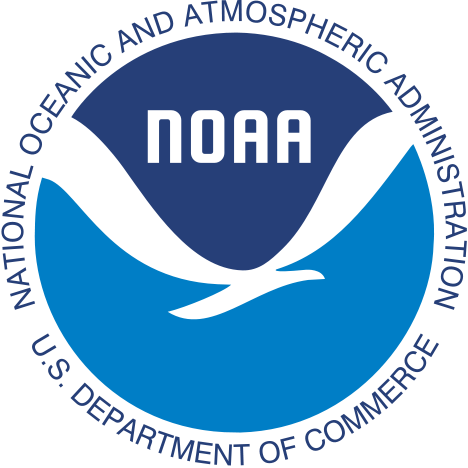Convective weather hazards—excessive rainfall, tornadoes, large hail, and damaging winds—occur on spatial and temporal scales that are not well represented in numerical weather prediction model output. The predictability limit for these hazards is short, so reliable probabilistic forecasts are needed rather than deterministic predictions that will inevitably have large errors. To address these challenges, over the past several years we have developed a suite of probabilistic forecast systems, referred to as Colorado State University-Machine Learning Probabilities (CSU-MLP), that use the Global Ensemble Forecast System (GEFS) Reforecast datasets, historical observations of hazardous weather, and machine learning algorithms to generate skillful, reliable guidance that operational forecasters can use as a “first guess” when generating outlooks. Through close collaboration, testbed evaluations, and iterative improvements, CSU-MLP excessive rainfall guidance has been transitioned into operational use at the Weather Prediction Center. We have recently established a similar collaboration with the Storm Prediction Center with the goal of a similar operational transition for probabilistic severe weather guidance. This presentation will summarize some of the challenges and successes in operations-to-research-to-operations for incorporating machine learning into the operational forecast process, and plans for future work using the Unified Forecast System.




